A Healthy Watershed Needs a Healthy Forest Canopy
Project Description
Now is the time to make sure the
Seattle City Council knows our trees matter.
Write your letter today!
- The Seattle City Council is scheduled to begin work on an updated tree protection ordinance.
- Now is the time to make your voice heard!
- Let’s do our part to make sure trees, and the important services they provide for all, will remain a salient feature of the Thornton Creek watershed and the ‘Emerald City’.
With our city developing so fast this is truly time critical work, and even more so because our tree canopy is beginning to shrink. Our existing ordinance is not very strong when compared to some other large US cities, and sometimes it’s not even enforced.
The purpose of this page is to share information about what is at stake and to provide channels of communication so you can make your voice heard in city hall.
Why is it important to preserve and plant more urban trees?
- Trees improve our air by soaking up air borne pollutants and CO2 and releasing oxygen.
- The shade large trees cast helps keep the creek cool for fish and lowers city air temperatures, mitigating the ‘heat island effect’ caused by all the urban pavement.
- The leaves collect rainwater and slow its flow to the ground, helping to reduce flooding.
- The roots slow the flow of dirty run-off water and help to reduce pollution and flooding.
- Trees provide habitat for animals and beauty for people to enjoy.
- Trees are an important factor in mitigating the growing climate crisis.
You can learn more about trees’ eco-services on these two web pages:
http://www.actrees.org/files/Research/benefits_of_trees.pdf
https://www.cnn.com/2019/07/20/health/iyw-cities-losing-36-million-trees-how-to-help-trnd/index.html
The city’s 2016 study of Seattle’s urban forest is here. (It shows an apparent decline of 2% over the previous eight years.):
http://www.seattle.gov/Documents/Departments/Trees/Mangement/Canopy/Seattle2016CCAFinalReportFINAL.pdf
TCA has endorsed the Seattle Urban Forestry Commission (SUFC) proposed updates (2019). A synopsis is here. (This page includes a link to the entire SUFC update proposal requested by the Seattle City Council.):
https://www.seattle.gov/Documents/Departments/UrbanForestryCommission
Important Points You Can Select for Your Email
(These are consistent with the SUFC proposal.)
- It is a matter of social equity that we plant and preserve our urban forest for the benefit of future generations throughout the city.
- The new code should clearly state the city’s goal of increasing the tree canopy and include a tracking mechanism for better management of the urban forest.
- Our urban streams require the services that trees provide in order to limit flooding, function as healthy habitat for fish and wildlife, and to clean the water before it flows into the lakes and eventually into Puget Sound.
- The code should call for adequate funding in order to be properly enforced.
- It should maintain tree grove protections. Groves provide significant, essential habitat for birds and other wildlife and are becoming rare outside of parks.
- Lower the threshold for large Exceptional Trees from 30” to 24” DBH (Diameter at Breast Height, 4.5 ft above the ground).
- Maintain and strengthen protections for Exceptional Trees. Clearly define them as trees that are designated as heritage trees by the City of Seattle, or are rare or exceptional by virtue of size, species, condition, cultural/historic importance, age, and/or contribution as part of a grove of trees.
- Require all significant trees (6″ DBH and larger) that are removed to be replaced on site or a fee paid into a city tree replacement fund.
- Require tree removal permits for all trees 6″ DBH and larger in all property zones for both developed lots and lots undergoing development. Professional developers would apply for a major tree removal and replacement permit which includes preparing a detailed tree inventory and a replacement landscaping plan. Property owners would be able to apply for a minor tree removal and replacement permit for the removal of one or more significant, non-exceptional trees or hazard trees.
- Maintain the prohibition on cutting down trees greater than 6″ DBH on undeveloped lots.
- Limit removal of significant, non-exceptional trees to no more than two, every three years, on developed property, and base tree replacement requirements on diameter and species of trees.
- Require a two week notice posted on the trees on site for tree removal permit applications. Include on-line public posting of applications and permit approvals.
- Require registration and certification for all tree service providers working on private property.
Additional References and Resources
Here is the link for the existing City of Seattle Tree Code: https://library.municode.com/wa/seattle/codes/municipal_code?nodeId=TIT25ENPRHIPR_CH25.11TRPR Among other problems, there is very little provision for saving trees during development or redevelopment of a property. There is no requirement for tracking tree removals or registration for arborists working in the city. The city, by its own admission, never did enforce tree replacement after property development as this code requires. Much enforcement is simply based on neighbor complaints. In 2018, The Seattle Department of Construction and Inspections proposed this revised tree code (After review by the Seattle Urban Forestry Commission (SUFC) and communications from concerned citizens, it never was voted on or passed into law.): https://www.seattle.gov/Documents/Departments/Council/Members/Johnson/Tree-regulation-updates-ORD-D7.pdf It’s much weaker even than the existing code and would be very complicated to use because, instead of relying on tree counts and sizes, it relies on a required percentage of tree canopy coverage for the neighborhood zoning. Seattle’s Urban Forest Management Plan is here: https://www.seattle.gov/trees/management The Seattle Department of Construction & Inspections (SDCI) tree protection page. (Includes a button to sign up for updates.) is here: http://www.seattle.gov/sdci/codes/changes-to-code/tree-protectionThere are many local groups and citizens working for a more thorough tree protection ordinance. Some web pages with lots of information and resources, including sample letters, are here:
- Don’t Clearcut Seattle:https://www.dontclearcutseattle.org/resources/ (Has form letter, printable brochures and signs available.)
- Friends of Urban Forests:http://friends.urbanforests.org/coalition-for-a-stronger-tree-ordinance/
- Seattle Nature Alliance:https://seattlenaturealliance.org/take-action/
- The Last 6000:https://www.thelast6000.org/(Cataloging Seattle’s remaining majestic trees.)
- TreePAC:https://treepac.org/take-action/
- Washington Native Plant Society:https://wnps.org/blog/seattle-city-tree-ordinance
Emails should go to:
- Mayor Jenny Durkan jenny.durkan@seattle.gov
- Current City Council Memberscouncil@seattle.gov
City Council individual addresses (effective now):
- Debora Juarez Debora.Juarez@seattle.gov
- Teresa Mosqueda teresa.mosqueda@seattle.gov
- Lorena Gonzalez lorena.gonzalez@seattle.gov
- Lisa Herbold lisa.herbold@seattle.gov
- Kshama Sawant kshama.sawant@seattle.gov
- Alex Pedersen alex.pedersen@seattle.gov
- Tammy Morales:tammy.morales@seattle.gov
- Dan Strauss:dan.strauss@seattle.gov
- Andrew Lewis:andrew.lewis@seattle.gov
A copy to the SUFC could be helpful to the Commission and will be made available in their web pages. The coordinator is Sandra Pinto de Bader.
Photos by Annie Thoe

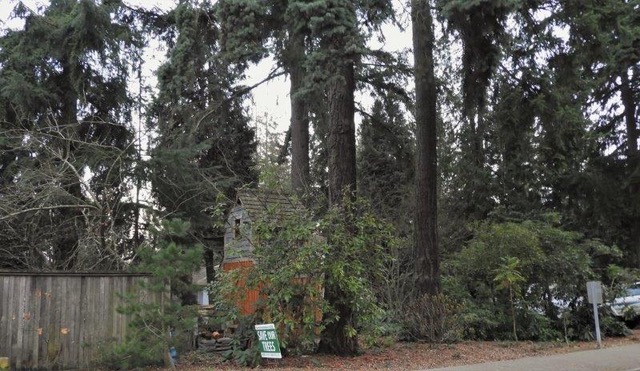
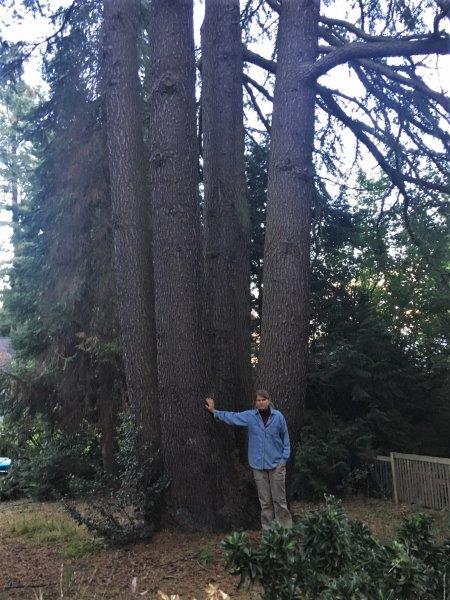
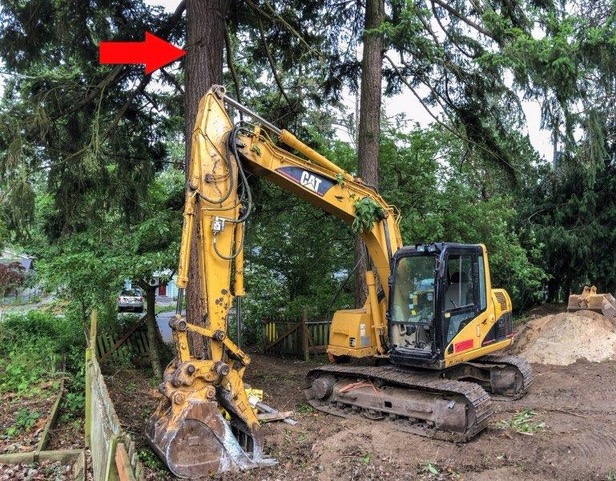
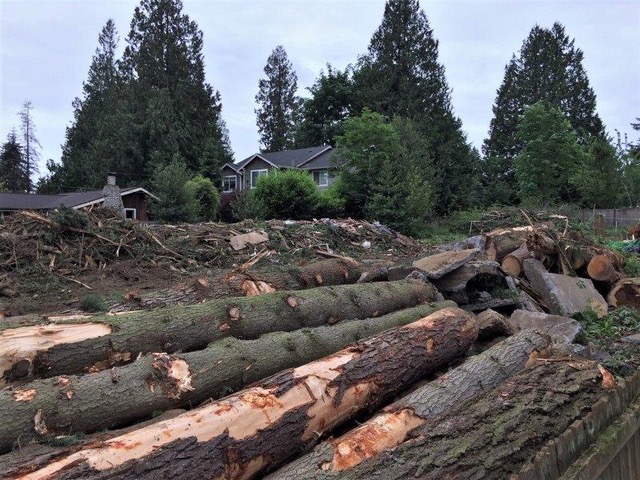
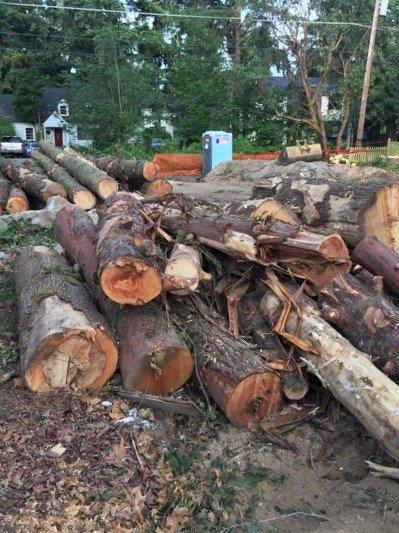
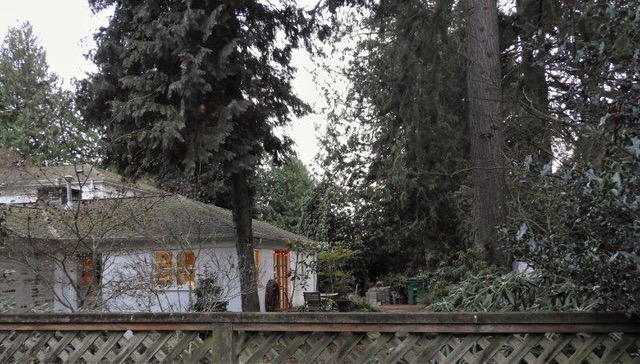
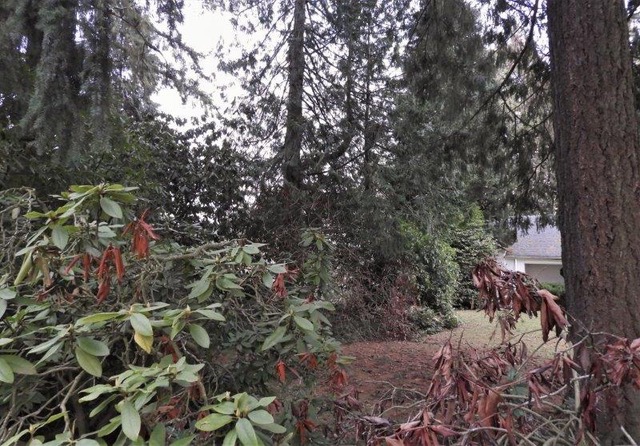
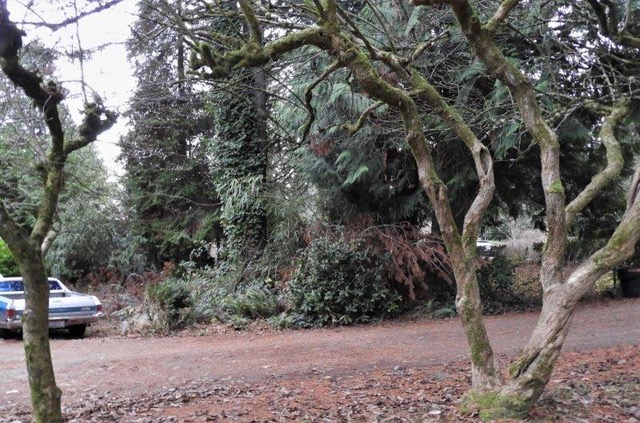
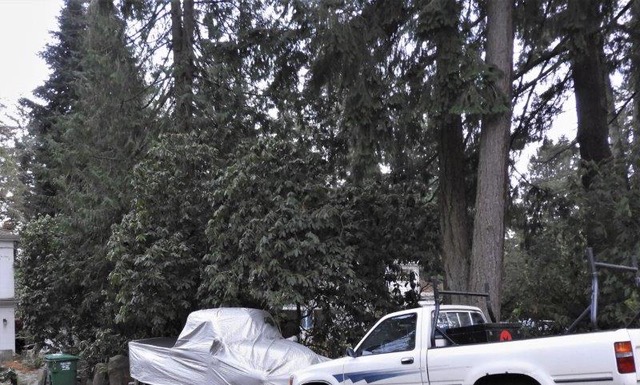
0 Comments